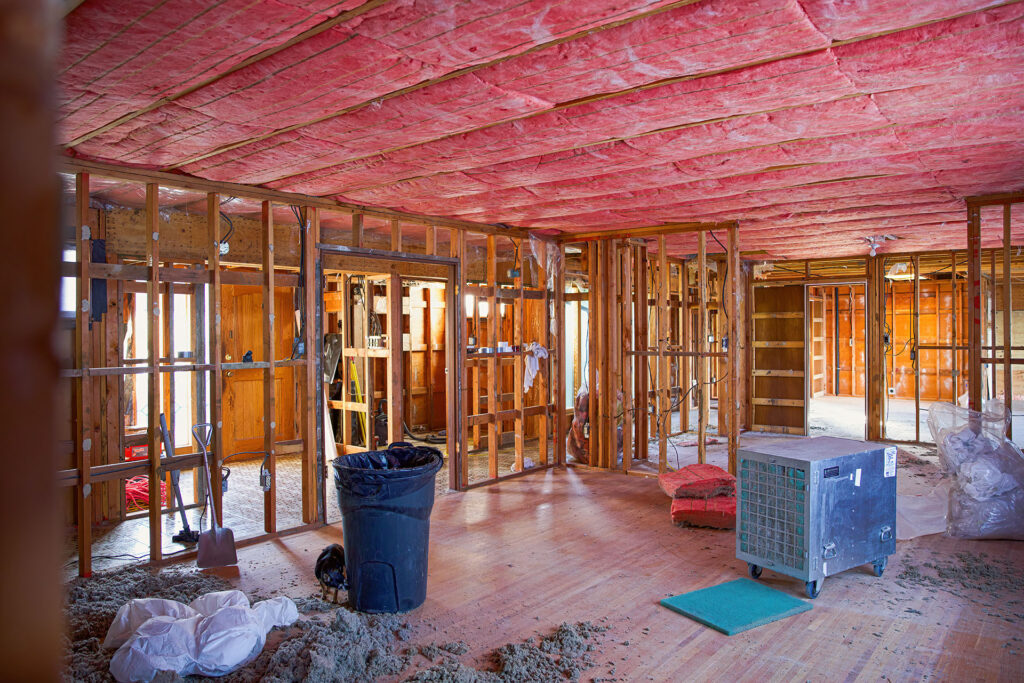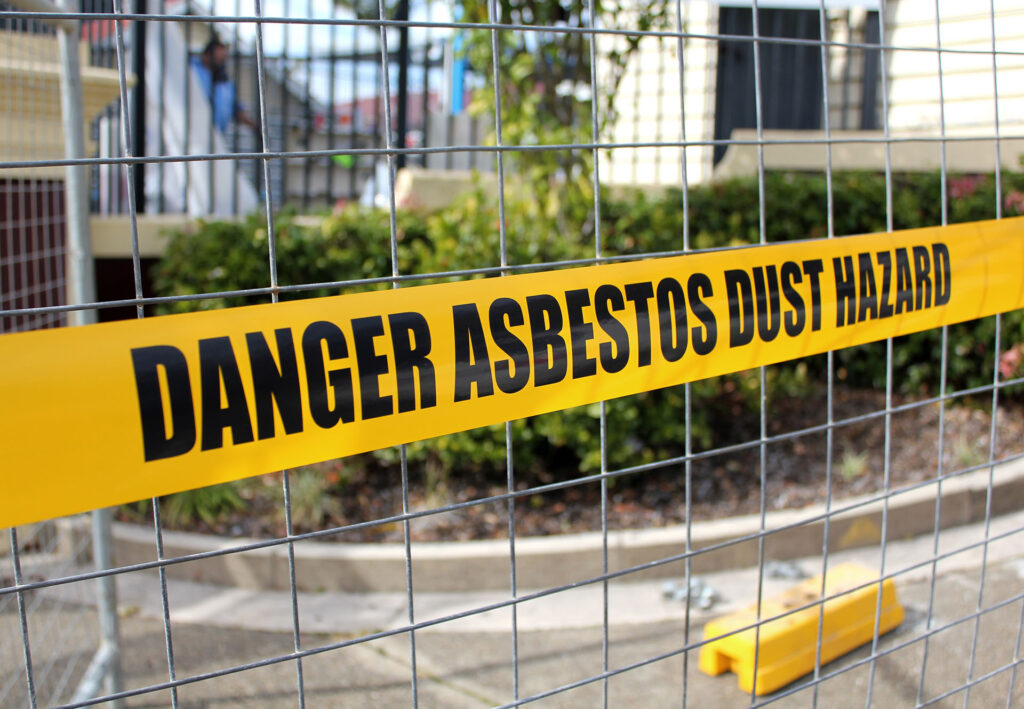In the last few years, there has been growing awareness of health and medical issues all over the world. Part of the reason for the awareness has been because of the advent of the internet. Whatever we need to know, we can Google it!
While this has made people much more aware, the fact remains that there are dangers lurking around us that can pose a major threat to our health and well-being. Asbestos is one such element. It was outlawed in December 2003 after scientists were able to prove the close link between asbestos exposure and several forms of cancers like Mesothelioma.
In this resource article, we are going to list seven result-oriented strategies that can help reduce exposure to asbestos in workplaces. If you are someone that is concerned about the risks and dangers involved with asbestos exposure, you should read the article till the very end.
Asbestos: What is it, and why is it considered dangerous?
The first thing you should know about asbestos is that it is a type of mineral fibre found in its natural state in rocks and soil matter. The second thing which you should know is that it was a highly popular material that was used in the construction, shipping, and other heavy metal industries.
It was only in the 1980s that tests were able to establish asbestos fibres as being carcinogenic in nature (Cancer causing). It was found that when sheets that were created using asbestos were crushed, dangerous fibres were released into the air. When inhaled, these fibres would stick to the lining of the lungs and stomach, causing cancer.
In 2003, The EPA or the Environmental Protection Agency banned asbestos. While new use of asbestos was banned, construction sites and industries that had been constructed before the 1990s still contain asbestos. In terms of home construction, asbestos was found in five main areas-
- Ceiling tiles
- Floor tiles
- Shingles
- Attic Construction
- Pipe insulation
You need to know that asbestos was a highly durable material, and this was the primary reason it gained such popularity in the construction industry.
Asbestos in the Workplace: Where can you likely find it?
Most governments around the world have asked residential and commercial property owners to maintain track of the presence of asbestos on their premises. If you are someone that is working in the construction industry, you are likely to find asbestos in the following areas-
- The ceiling of the building
- Soundproofing materials
- Pipes, furnaces, and roofing
- Paints and adhesives used
- Shingles (cement)
- Tiles on the floor and ceilings
- Electrical wiring (casings)
- Plaster of Paris compounds
Apart from construction, asbestos was highly used in the shipping industry. Many parts of the ship required the active use of asbestos. This is why countries that have emerged as ship-breaking yards need to educate their employees and workers on the harmful effects of inhaling asbestos.
The fibres of asbestos break down due to rain, wind, and other elements of nature. Over a period, they slowly start releasing their fibres which can be very easily inhaled by anyone that is present near the site.
List of 7 Strategies to Prevent Asbestos Exposure at the Workplace
In this section, we are going to list down seven result-oriented strategies that can help prevent asbestos exposure at the workplace-
- Do your homework or research the site:
Most experts agree that buildings that have been constructed before 1990 will have some amount of asbestos that would have been used in their construction. The same goes for ships and industries. This is why the first thing you need to do is carry out extensive research about every possible detail. This will help you prepare for coming into contact with asbestos. - Don’t disturb materials that contain asbestos:
If you find elements or materials lying around that you think might contain asbestos, it is best that you don’t disturb them. This is because if you disturb them, they are very likely to release those asbestos fibres, which can get you into trouble. We previously mentioned a list of items that might contain asbestos; hence you should know what you are looking for. - Avoid opening your mouth or nostrils at the site where asbestos is:
In very simple words, if you are working on a construction site where asbestos is present, you need to refrain from eating, drinking, and smoking. This will prevent the fibres circulating in the air from getting into your body through any of the open points of the mouth and nose. While smoking increases the chances of cancer, if you have asbestos poisoning, chances go up rapidly. - Wear protective clothing and gear at all times:
We mentioned that the dangers come from small asbestos fibres. This means that it is probably a good idea to wear protective clothing like PPE kits with masks every time you are near asbestos. According to the OHSA or Health Services Australia, employers should provide their employees with protective gear before they enter the field. - Follow the guidelines as have been set by the regulatory authorities:
You need to go through asbestos awareness training and be compliant in terms of the process of handling, dispatching, and disposing of asbestos as has been laid down by the authorities. The EPA, Department of Health, WorkSafe Australia, as well as the National Association and Testing Authority have laid down standard guidelines that can help you stay safe and avoid potential contact with asbestos. - Good hygiene can help you avoid asbestos poisoning:
Even if you are using a PPE kit, you should ensure that you are disposing of the same as soon as you are leaving the site to go home. In addition to using the PPE kit, ensure that you are washing your hands and body with a strong disinfectant so that any of the fibres do not stay on your body or on the clothing. You need to keep repeating this so that you are completely safe. - Limit the time spent in locations that contain asbestos:
We can understand that this is your work which is paying the bills and putting meals on the table. However, it is best that you do not loiter around the site once your work is done. Try to move away as soon as possible once the work is done. This is one of those things that you need to be very careful around, for it can have life-threatening consequences.
The Bottom Line
There you have it: seven strategies that can help you prevent getting affected because of asbestos. Even though it has been banned, we see the continued use of asbestos in many parts of the developing and underdeveloped world. If you would like us to address any specific issues or questions on the subject, please let us know in the comments section below.
Did you like this article? Visit our blog to learn more about cases of asbestos in the workplace.





